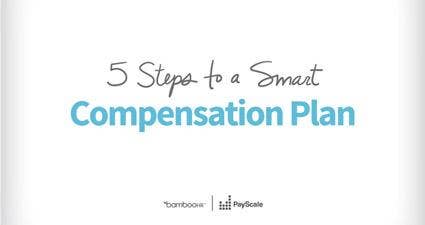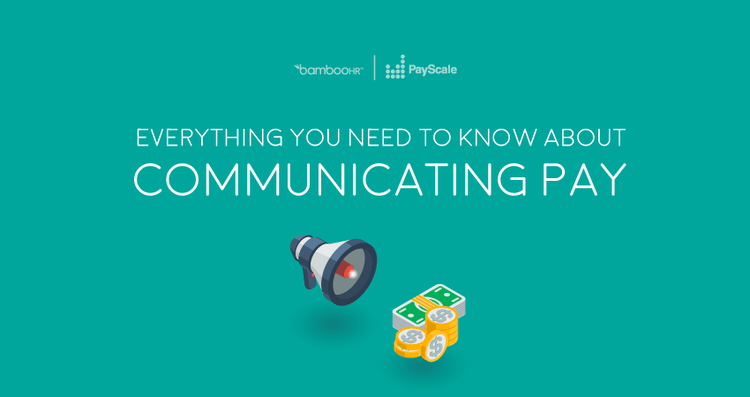Pay Period
What Is a Pay Period?
A pay period is a regularly scheduled period of time that establishes when employees get paid. A pay period also includes the length of time during which employee work hours are tracked and recorded. Having regular pay periods establishes a set schedule so employees know when they can expect their next paycheck.
Pay periods typically follow a set schedule, with the most common types being weekly, bi-weekly, semi-monthly, and monthly. How employers break up their pay periods depends on what works best for them and for their industry.
Pay Your People Confidently.
BambooHR makes running your payroll easy, quick, and stress-free.
How Many Pay Periods Are In a Year?
The number of pay periods in a year depends on how frequently you structure them. Here are the most common pay periods explained, with each of their advantages and disadvantages to consider.
Weekly Pay Period
Paying employees weekly results in 52 pay periods in a year. While it’s uncommon for salaried employees to be paid on a weekly schedule, many trade workers and hourly workers prefer this type of pay period because it provides steady cash flow and makes it easier to budget.
Advantages
- Easier for employees to budget
- More paydays for employees
Disadvantages
Payroll processing is more frequent—resulting in higher expenses. Time-consuming for managers to review payroll every week.
Bi-Weekly Pay Periods
Bi-weekly pay periods occur every other week, equaling 26 pay periods in a year. However, every decade or so, leap years result in an additional payday for the year. A bi-weekly pay structure typically includes 80 work hours for full-time employees and it’s common for both salaried and hourly employees to be paid on a bi-weekly schedule.
Advantages
- Employees receive frequent paychecks
- Additional time for managers to review pay period hours
- Less time and money required for payroll processing
Disadvantages
- Pay period reporting can be tricky when pay periods extend beyond the end of the month or year
- Additional paychecks due to leap years can cause complications in factoring employee annual pay, taxes, and employer contributions-
Semi-Monthly Pay Period
Semi-monthly pay periods usually go from the 1st-15th of the month and from the 16th to the end of the month and equal 24 pay periods in a year. The average pay period on a semi-monthly basis spans approximately 86 hours. Semi-monthly pay periods are commonly used for salaried employees.
Advantages
- Work periods always fall in the same month
- Streamlines payroll schedule and reduces costs
- No complications due to leap years
Disadvantages
- Overtime calculations can be difficult
- Paydays don’t always fall on the same day of the week
- Workweeks and pay cycles may not line up
Monthly Pay Period
Monthly pay periods are less expensive for payroll but make it harder for employees to budget because of cash flow. Employees who receive monthly pay get 12 paychecks per year. This method is almost exclusively used for salaried employees but is also common among freelancers and consultants who track hours and do their invoicing monthly.
Advantages
- Convenient for freelance and contract employees
- Simplified payroll and accounting
- Saves management time and money
Disadvantages
- Not convenient for hourly workers
- Bank holidays may necessitate adjusting payment dates
- Paydays are not always on the same weekday
What Is the Most Common Pay Period for Employees?
Although employers prefer to process payroll less often to save on payroll service costs, employees prefer weekly or bi-weekly pay. Thankfully for employees, weekly pay is the most common method of structuring pay periods, followed closely by a bi-weekly schedule.
What Type of Pay Period Should I Use?
The type of pay period to use really depends on what works best for you. If you have been in business for a while, you probably have an idea of what payroll schedule you prefer. However, if you're new to the business world, or in a new industry, you should seek the advice of your CPA or accountant on what payroll schedule will work best for your employees.
It's important to understand what a pay period is and what pay period schedules you can use to keep your business organized and keep employees paid on time.

Your employees want a bigger piece of the pie. You want to attract and retain top talent while motivating employees to perform at their best. In this webinar, PayScale and BambooHR experts guide you to create a compensation plan that's a win/win for both you and your employees.

Everything we as HR and compensation professionals try to accomplish within an organization hinges on effective communication.